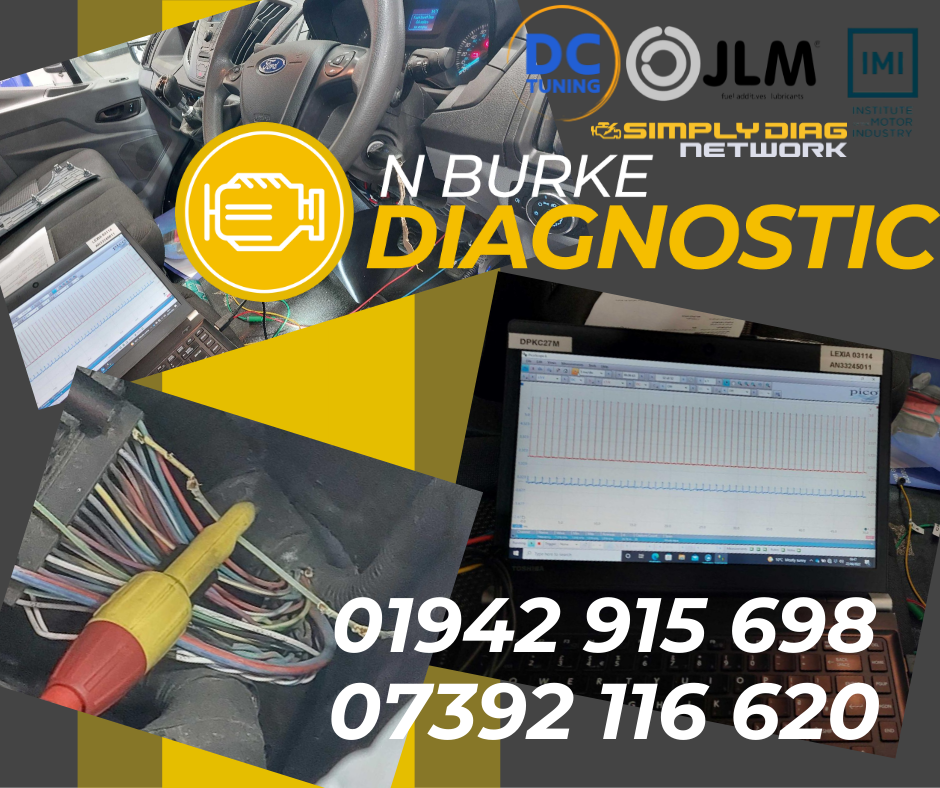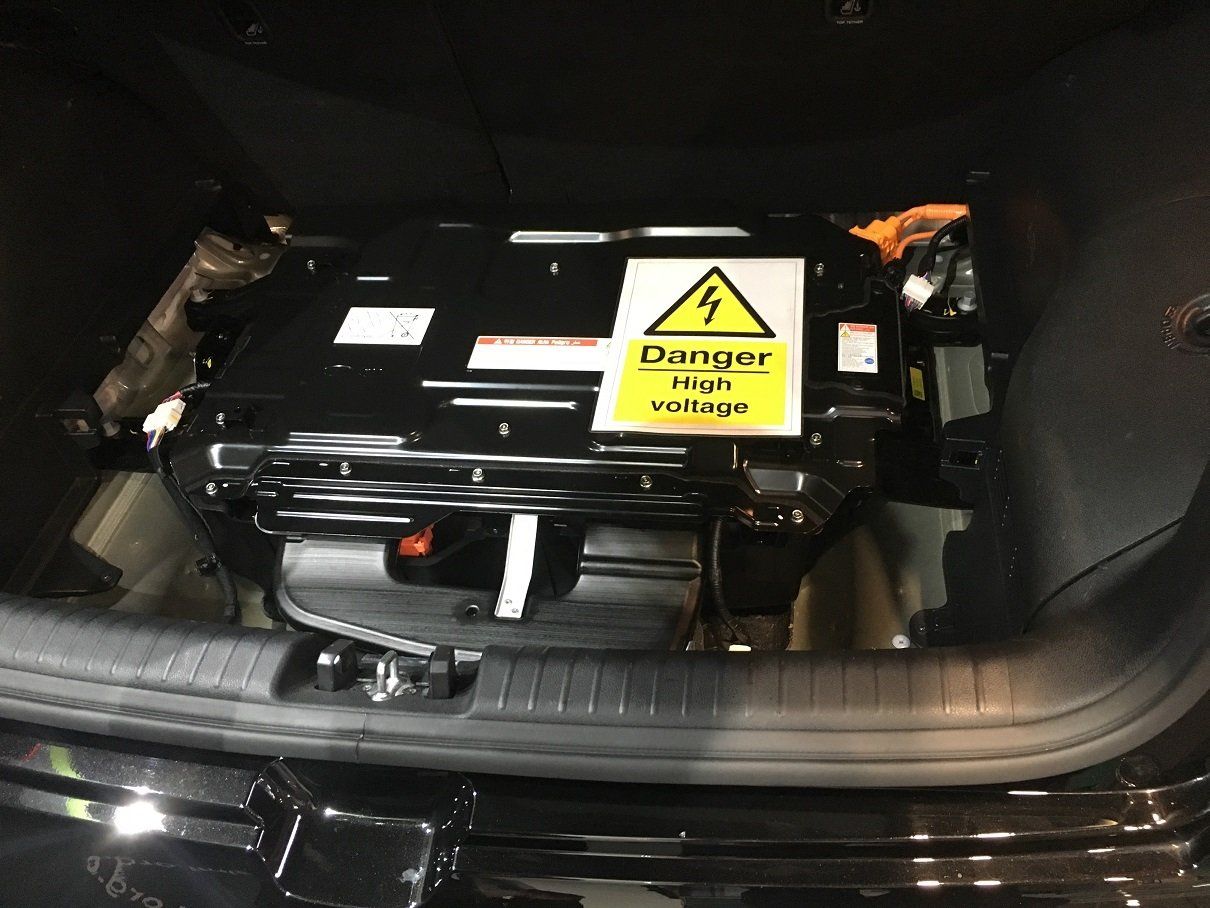Ford Transit Clutch Pedal Faults
2019 Ford Transit Clutch Position 'A' Fault

Now this one had me scratching my head for a short while until the use of genuine Ford information was used to understand the working operations.
We was called out to a local Van Sales centre earlier this week to take a look at this poorly Transit Van, our customer complaint was on the instrument panel it would display 'Hill Start Assist Unavailable'
We arrived plugged in FORScan and was faced with 4 fault codes all relating to the Clutch Pedal Position. This vehicle monitors the clutch pedal across 2 signals coming from the same sensor.
We first did some basic circuit checking, the sensor had good power and good ground and had the ability to create an output signal on both position circuits also usually when a position sensor has to signals one will be what's called pull up and other pull down design. With the sensor unplugged on my signal wires I had 5 volts and 0 volts, exactly what I'd expect and these values come direct from the PCM (Powertrain Control Module)
Live data on FORScan was showing an accurate pedal position percentage and vehicle was recognising the pedal press as this vehicle requires clutch pedal and brake pedal to be pressed to start.
So what on earth was going on!
With the basic circuit checks carried out I was highly suspecting a faulty PCM, I flashed the PCM to latest file calibration available which did clear 2 of my faults, but I was faced still with 'Position A' faults.
It was then time to consult Ford information direct from their servers, looking into the principle operations of this sensor, I quickly realised I was looking at a digital frequency based sensor, and not the traditional analogue signal type.
With that information in my mind, this sensor has its own little computer on board so providing it has power and ground it will be able to create a signal.
But was that signal actually reaching my PCM?
With my previous bias voltage testing now in doubt about my wiring integrity I had to attack the PCM, the PCM on this vehicle is not the easiest to access so instead I went to a convenient multi plug to carry out my tests, It was there I found I had my signal on one side of the connector but on the other side it was very inconsistent and would drop out when I was manipulating the harness, it was then conclusive we had a wiring issue in this section of loom.
The loom was then stripped back and it was here I found the wire in a sorry state of affair.
Section of loom repaired following Ford's wire repair procedures, fault codes cleared and the vehicle was back to full health.
It's worth noting that a new clutch master cylinder/position sensor assembly was fitted with no cure, and fact of the matter is no amount of parts put on this vehicle would ever fix it.
This something that 85% of the jobs we look at fall into they never require any parts.
We are Wigan's leading Mobile Mechanic & Auto Electrician for a reason, we deliver results and guarantee a first time fix ensuring your vehicles wheels keep on turning







